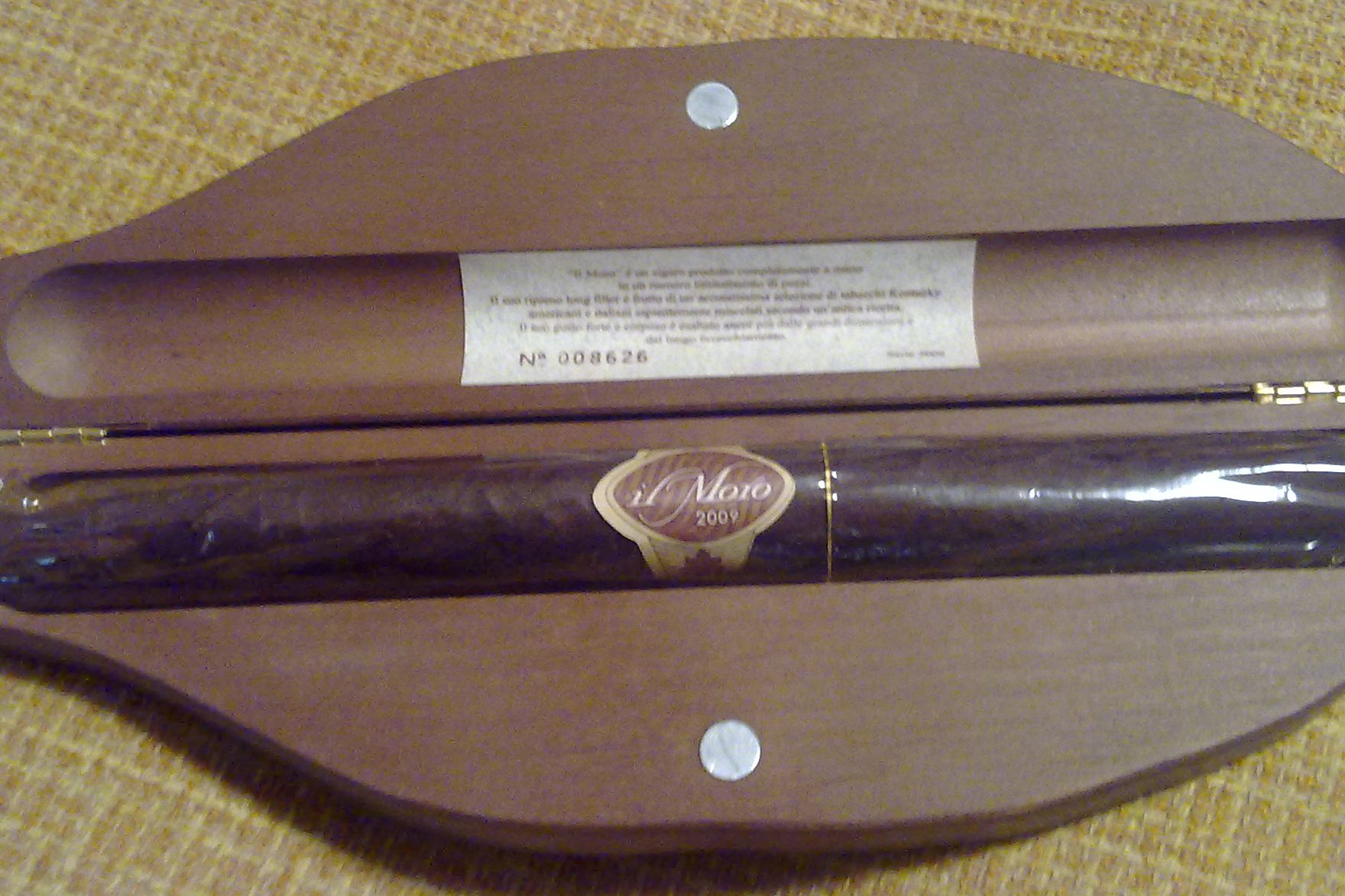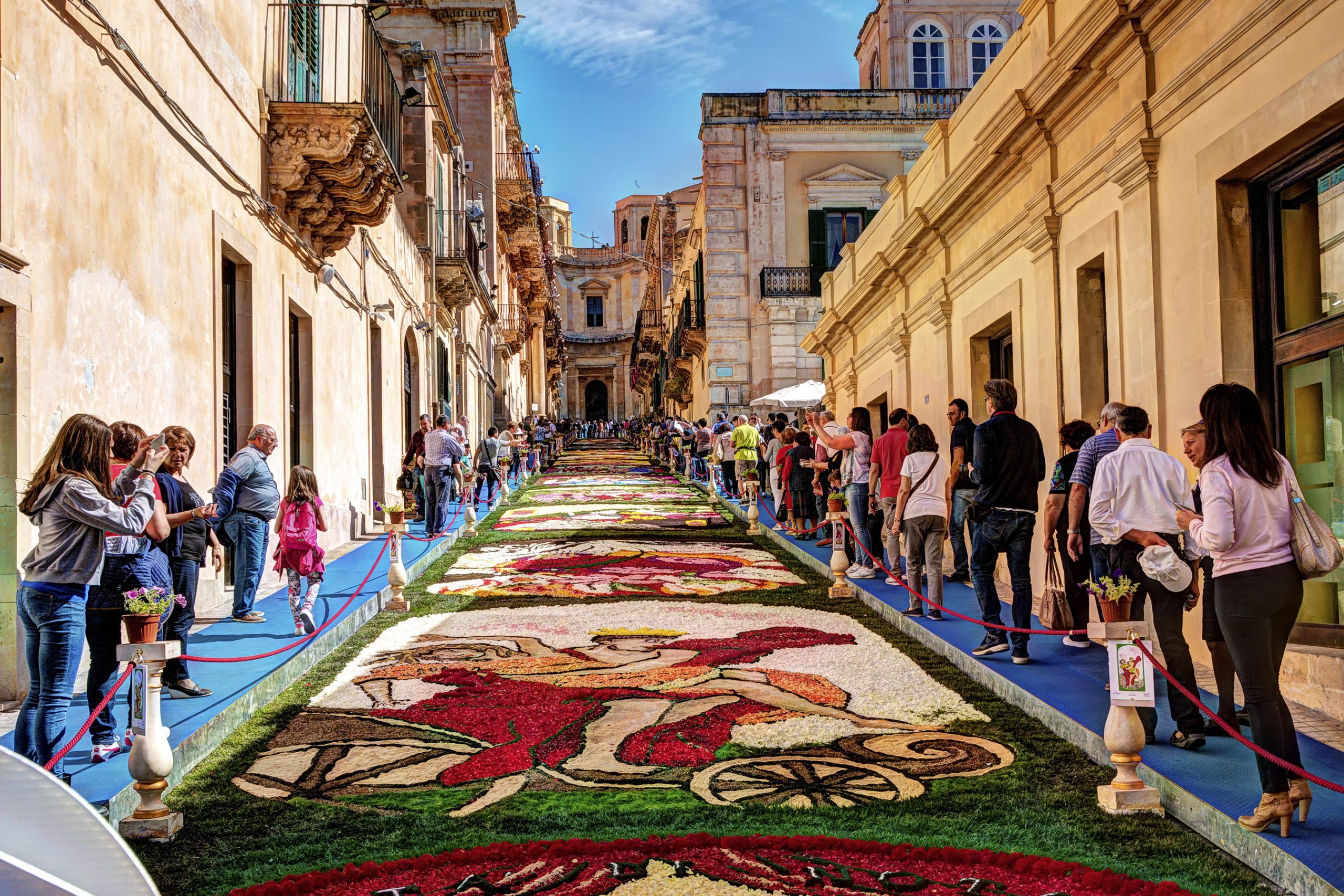The World Cup is like a woman. Valentina Losa, the head of the company that manufactures the World Cup trophy itself, explains in a Vanity Fair interview, “It’s loved, desired, and it travels. Every four years, it travels many kilometers to arrive wherever the World Cup is held, and at the end, it returns home to retouch its look.”
Ever since Germany’s victory in 1974, the World Cup trophy has been produced in Paderno Dugnano, a province of Milan.
After the World Cup of 1970 in Mexico, FIFA commissioned Italian sculptor Silvio Gazzaniga to design the next trophy. Gazzaniga was the artistic director of GDE Bertoni, a trophy and medal manufacturer.
“The idea was to create something symbolizing exertion, dynamism and the jubilation of an athlete in the moment of victory, with all the joy that contains,” describes Gazzaniga during an interview with FIFA.
This symbolic and dynamic trophy is made of 18 carat gold with a malachite base, and it is 36.8 centimeters high, with a weight of 6 kilograms and 175 grams. It portrays two human figures holding up the world with outstretched arms.
The winning teams of the world cup bring home a copy made of ormolu (high-carat gold-mercury added to bronze), while the original trophy, which remains property of FIFA, returns to Paderno for a brief restoration and to add the name of the winner.
GDE Bertoni was established in the early 1940’s by Eugenio Losa and his father-in-law Emilio Bertoni to produce medals and sacred objects. Today, Valentina Losa, the granddaughter of its founder, manages her family’s enterprise, along with 12 employees.
“A great Italian pride,” beams Losa. “Every time the trophy is lifted, all of us at the company feel great joy and pride. Not just because it is something we have made ourselves, but also because the entire world can admire it.”
As we enter the knockout stages of the World Cup, the world will watch as the winning team holds this masterpiece: the winner’s prize and Italy’s pride.






























